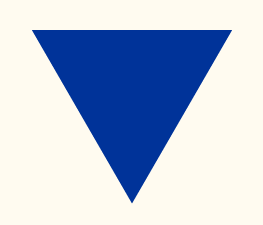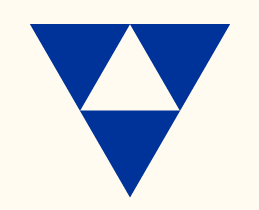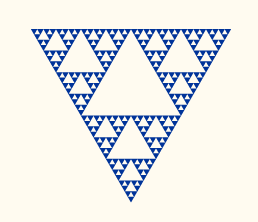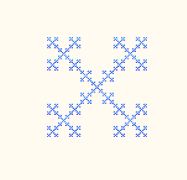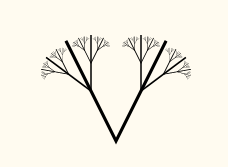|2006-05-26| e1 # Iterated Function Systems
Fractals are beautiful and when using an elegant way to create them with SVG they become even more beautiful.
Iterated Function Systems (IFS) are a fascinating type of selfsimilar fractals. The theory behind them is not so much complicated. All we need to do is applying a set of affine transformations to an arbitrary shape.
